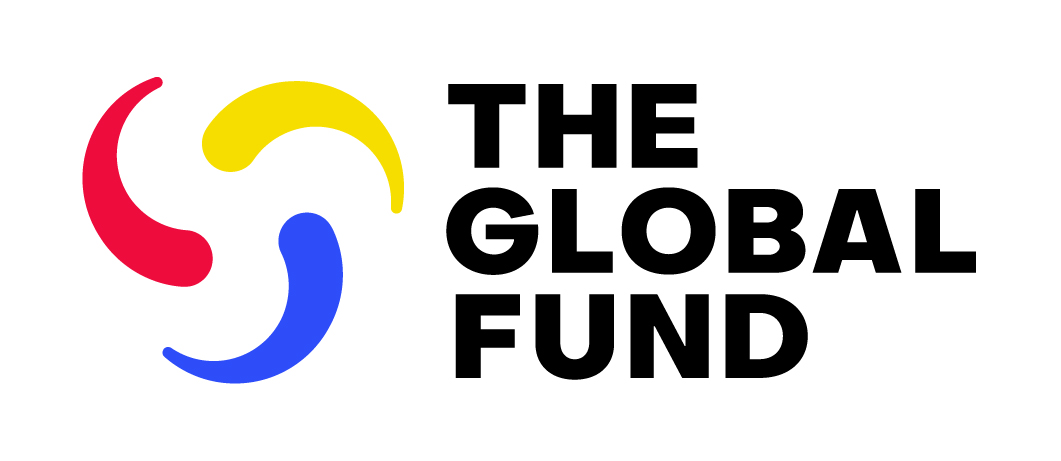The Global Fund

The Alliance for Public Health is one of three principal recipients of the grant from the Global Fund «Sustaining Healthcare Response for HIV/AIDS and Tuberculosis in Wartime Ukraine».
Implementation period: January 1, 2024 – December 31, 2026
The program is aimed at achieving the following key goals:
- Prevent HIV transmission, by securing coverage with prevention interventions in key populations, removing the dichotomy between HIV prevention and HIV care service continuums
- Ensure early HIV detection, scale up ART, and improve HIV care quality, by scaling up innovative testing approaches, ensuring access to quality ART, and implementing differentiated people-centered models of HIV treatment and care.
Budget 2024-2026 (Alliance for Public Health): $ 48 943 492
Interventions are aimed at (zones responsibility of the Alliance for Public Health):
- Prevent HIV transmission, by securing coverage with prevention interventions in key populations, removing the dichotomy between HIV prevention and HIV care service continuums.
- Ensure early HIV detection, scale up ART, and improve HIV care quality, by scaling up innovative testing approaches, ensuring access to quality ART, and implementing differentiated people-centered models of HIV treatment and care.
Interventions are aimed at (responsibility zones of Aliance for Public Health):
- Increasing coverage of transgender people with an expanded package of HIV prevention services, attracting hard-to-reach PWID, MSM, and TG who do not use prevention services to counseling services, testing for HIV, HepC, HepB and STIs and referral to existing prevention and care programs, expansion of access to HIV pre-exposure prophylaxis for representatives of key groups, effective overdose prevention among PUD through:
- Achieving hard-to-reach PWID, MSM, and TG using the Peer Driven Intervention (PDI) model.
- Overdose prevention.
- HIV pre-exposure prophylaxis (PrEP) among PUD, SW, TG, MSM, and their sexual partner.
- HIV prevention among transgender people.
- Ensuring the sustainable functioning of mobile clinics for the provision of HIV testing and prevention services for representatives of key groups.
- Ensuring early HIV detection, scaling up ART, and improving HIV care quality, by scaling up innovative testing approaches, ensuring access to qualitative ART and co-infections treatment, implementing differentiated people-centered models of HIV and co-infections treatment and care through:
- Optimized case finding (OCF) among PWID, SW, MSM and their partners.
- Case management/Community initiated treatment (CITI) among HIV-positive PWID, SW, MSM, TG.
- Self-testing for HIV of sexual partners of key populations.
- Referrals to HCV diagnosis and care for HIV/HCV coinfected PWID, SW, MSM and their partners and HCV mono infected PWID and partners.
- Coverage of costs for the provision of medical services to PLHIV who do not have documents for entering information in the EHS (Electronic Healthcare System).
- Hep C micro elimination among key populations (PLWH, co- and mono-infected PUD and partners, MSM, SW.
- Integrated mobile services:
- Screening for HIV, HCV, TB among IDPs, KPs and communities in territories that were under occupation and communities living in remote/hard-to-reach areas; the population of communities with limited access to public health services.
- Integrated mobile services for field military units.
- Expansion of the Opioid Agonist Maintenance Treatment (OAMT) program, including the penitentiary sector, restoration of the OAMT program in war-affected regions, improvement of the quality of OAMT services and retention of patients on the program by provision of social support to OAMT patients, mobile services and technical support to healthcare facilities.
- TB interventions with the focus on:
- TB/Drug-resistant (DR)-TB Prevention, treatment, care and support, TB/DR-TB.
- Finding people with TB and DR-TB among most at-risk populations (urban poor, homeless, ex-prisoners, Roma population, IDPs, PWID.
- Optimizing detection of TB cases among contact persons.
- Ensuring adherence to treatment in people with TB/Drug-resistant (DR)-TB by provision of medical and psychosocial support, as well as HCV coinfection in TB people (in the civilian sector).
- Removing Human Rights and Gender-related Barriers to TB Services.
- Quality of TB services will be improved through use of community-led monitoring data. Two methods of data collection will be scaled up — One Impact mobile application and info boxes for collecting feedback directly in medical institutions.
- HRG interventions with the focus on removing human rights and gender barriers and achieving zero discrimination towards people with HIV and TB and representatives of key and vulnerable groups through:
- Reducing Human Rights- related Barriers to HIV/TB Services.
- Removing Human Rights and Gender-related Barriers to TB Services RSSH.
- Interventions with the focus on empowering people living with, at risk of and affected by HIV and ensuring community-led TB and HIV responses through:
- Community Systems Strengthening (support of communities of women with drug addiction and trans* people; implementation, support and development of REAct).
- Monitoring and evaluation systems (data quality assurance, surveys, monitoring visits/technical assistance).
Program reports
Program implementation monitoring card for the 1st half of 2021 ⇒
Gain momentum in reducing TB/ HIV burden in Ukraine ⇒
